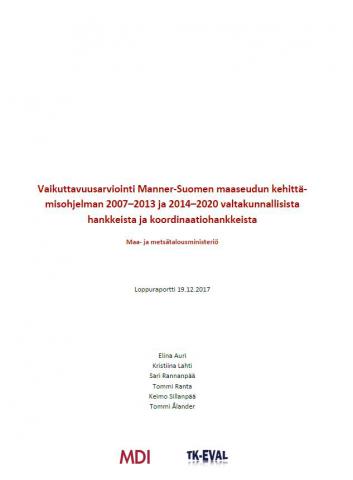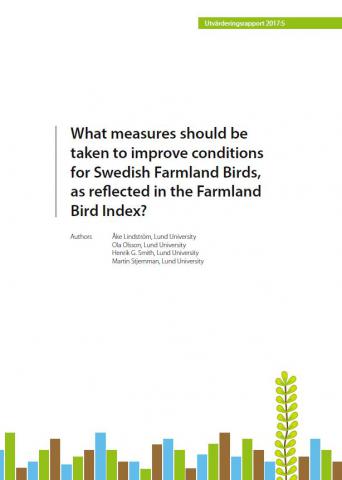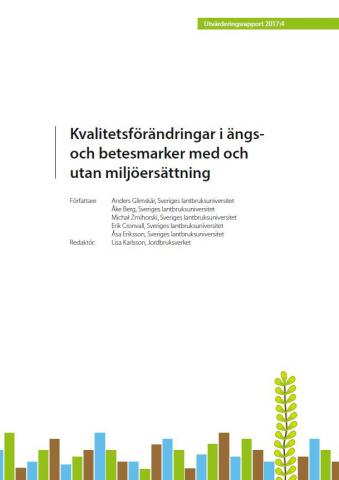
The evaluation of national projects and coordination projects focuses on the national projects financed by the rural development program in mainland Finland 2007-2013 and 2014-2020.
The Ministry of Forestry ordered the evaluation, which was carried out by a consortium who evaluated national projects, project management, and co-ordination projects. Furthermore, a network analysis was conducted.
This report was prepared in accordance with the Division of Labour.










